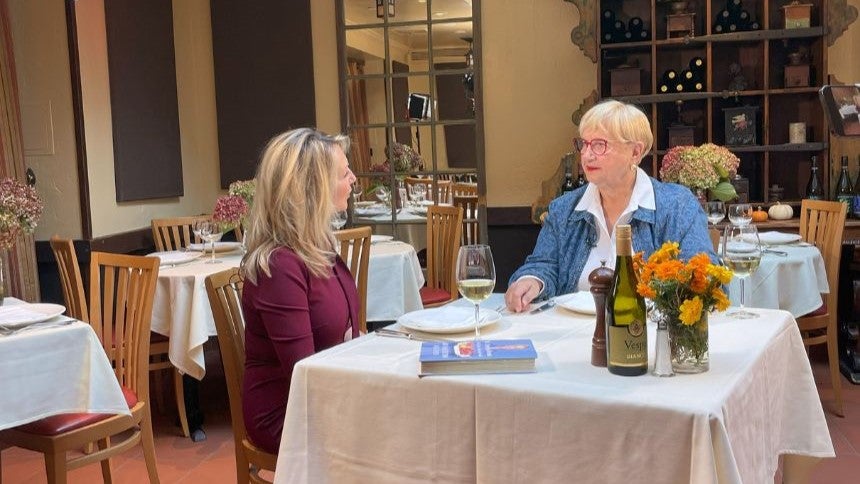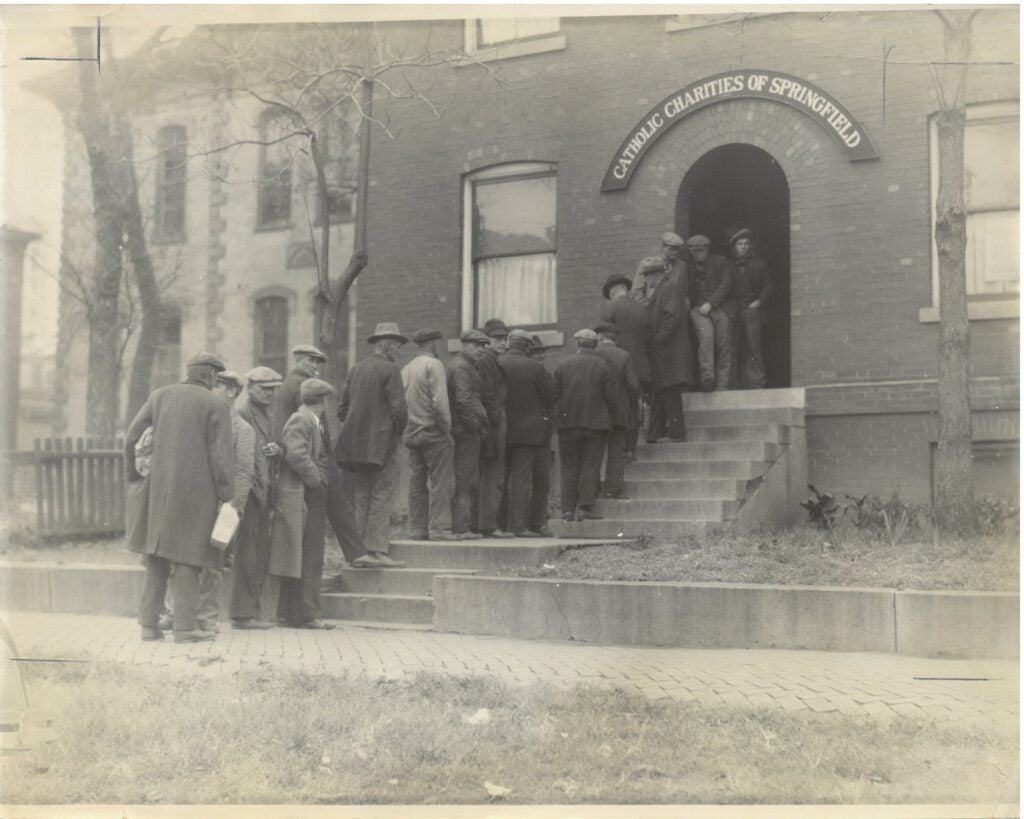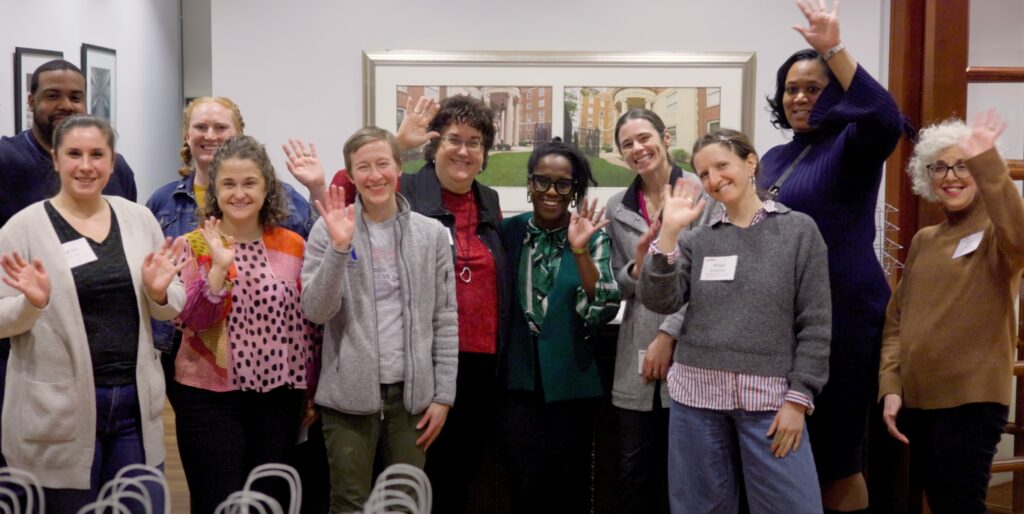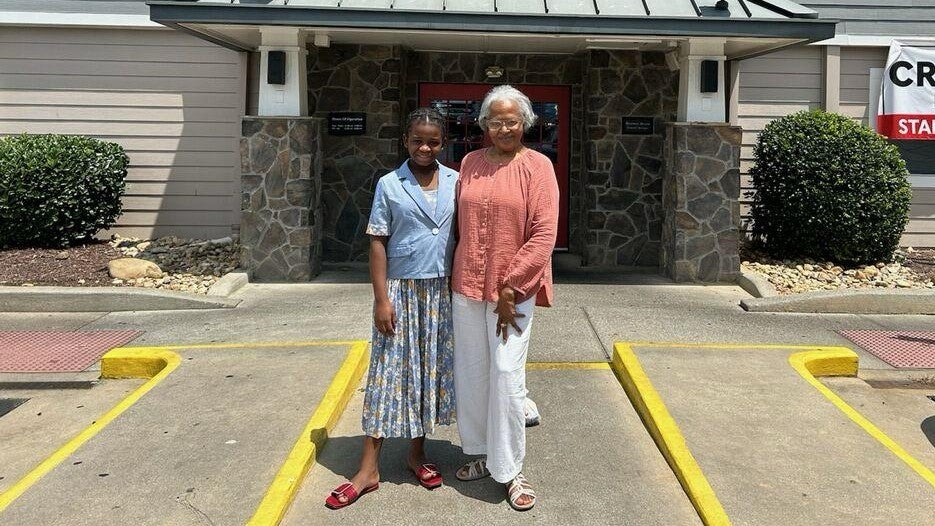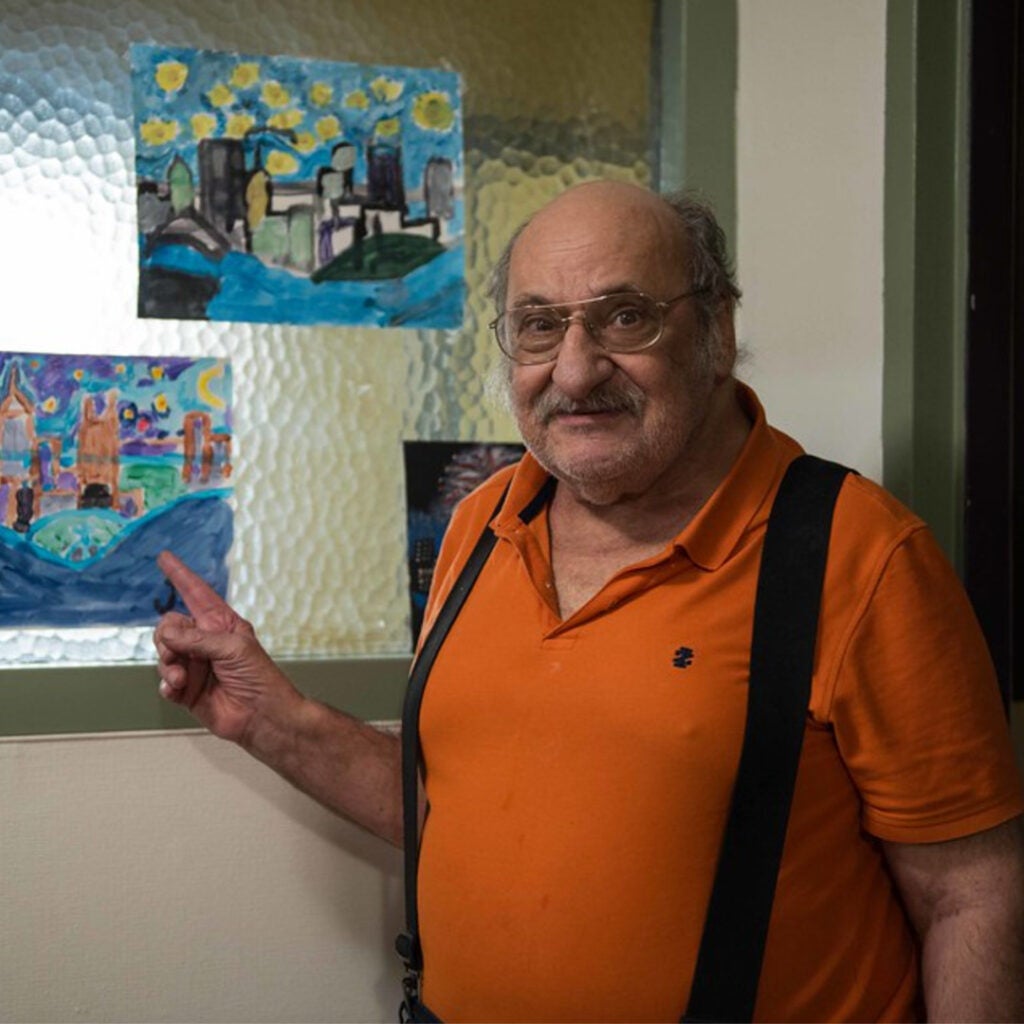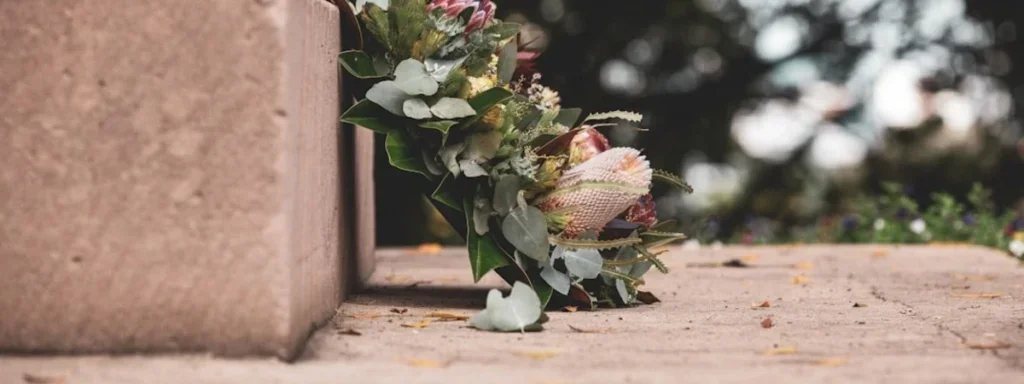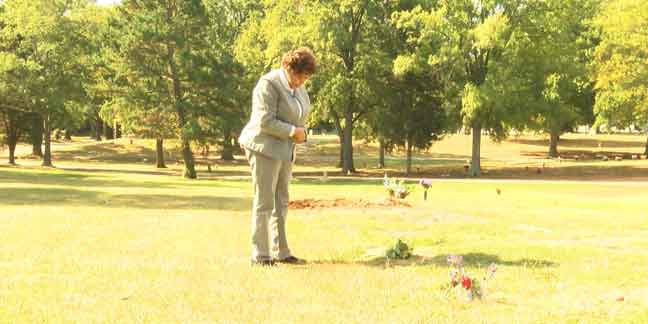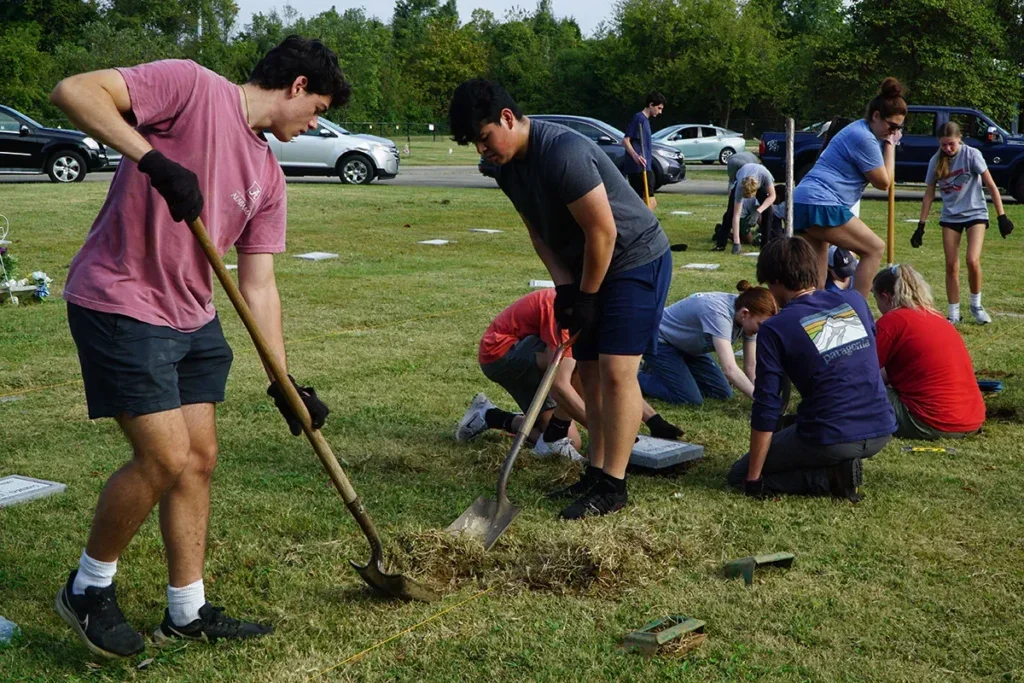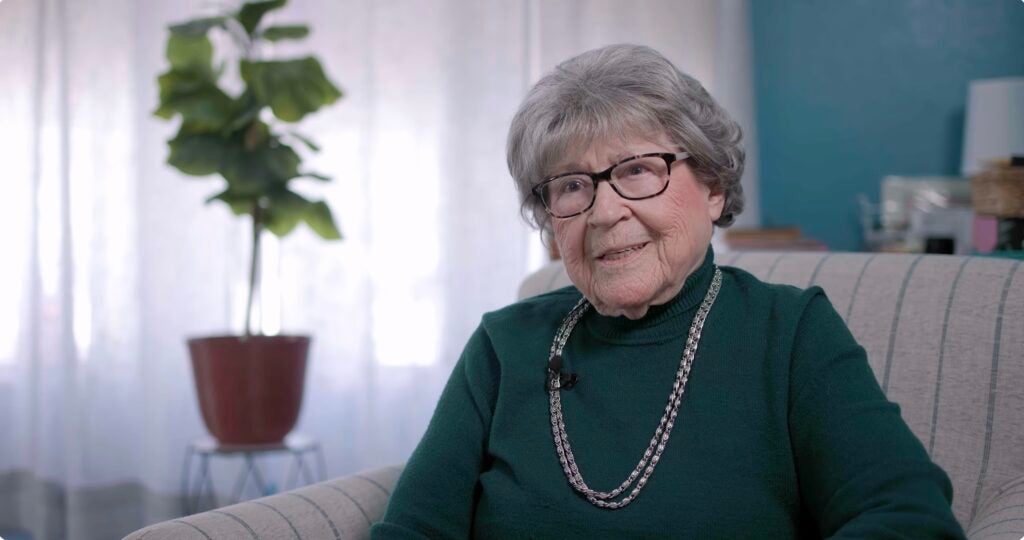
Frontera: Where limits of a wall and promises of the unknown intersect
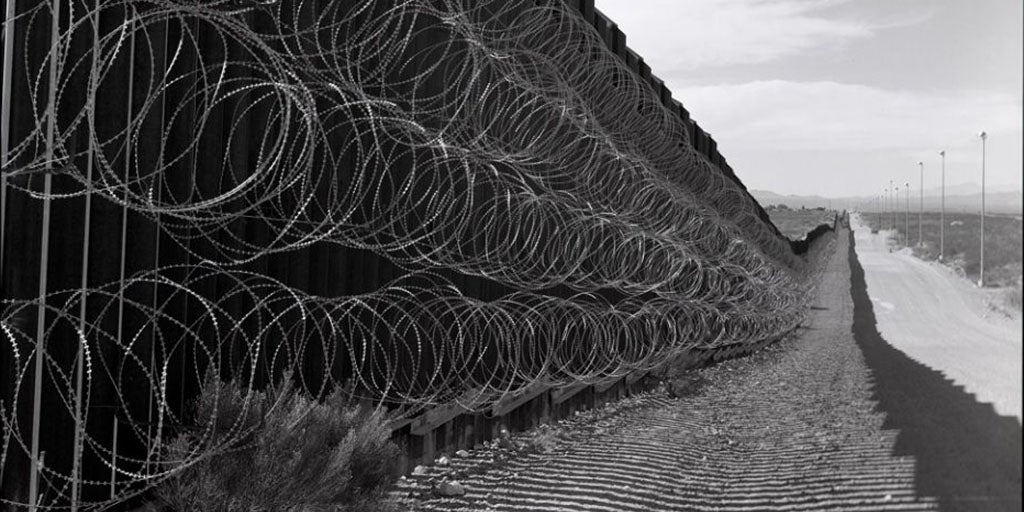
Lisa Elmaleh’s 8 by 10 camera is so disarming — fit for a prop in an old Western — that the antiquated device grants her access and cooperation where a digital camera would have invited suspicion or annoyance.
Upon seeing the camera, the Catholic sisters and volunteers at migrant shelters whom Elmaleh met along the U.S.-Mexico border “understand they’re being documented in a historic way,” she says.
In January, the 36-year-old photographer from Paw Paw, West Virginia, crystallized Texas and Arizona in the amber of Donald Trump’s waning presidency, when the continued construction of the much-discussed border wall was coming to a halt. At the time, the Migrant Protection Protocols (also known as the “Remain in Mexico” policy) was still in effect, leading to growing informal refugee camps along the border where migrants had to wait for their court dates outside the United States.
When Elmaleh returned to the border in May to volunteer at the Humanitarian Respite Center of Catholic Charities of the Rio Grande Valley in McAllen, Texas, she met dozens of sisters who traveled from across the country to volunteer at the center for weeks at a time. In addition to capturing the vast desert of the Southwest, as she had several months before, this time, Elmaleh also chronicled the Catholic sisters with whom she volunteered.
Though developed in coarse black-and-white photos, Elmaleh’s photography communicates the unkind conditions of the migrants’ journey north — sweltering heat through dry land, isolated from city resources — as well as the visual disruption the snaking wall imposes on the natural landscape.
The camera must be used on a tripod, as the size and weight are too great for handheld use. The camera is unfolded to extend its bellows, the lens placed on the front standard of the camera, and then Elmaleh ducks under a black cloth to focus on the subject in front of the lens. Each 8-by-10 sheet of film is exposed one at a time, two sheets per film holder. The film is then unloaded in total darkness and tray-processed in the photographer’s darkroom upon returning home.
“With this project, with any work I do, I want to approach people with kindness and convey empathy, and I want viewers to have access to that empathy and be able to relate,” Elmaleh says.
And though she was asked not to photograph the faces of migrants she encountered along the border, she says she wants “the humanity to be present.”
The article is reprinted here with the permission of Global Sisters Report, where they appeared originally. We are grateful to Soli Salgado, writer, and Lisa Elmaleh, photographer, for their willingness to share their work.
